What are the Dangers of Bat Feces?
Depending on who you ask, bats are either a blessing or a pest. They can be excellent for insect control as they can eat approximately 1,200 mosquitos each hour, and also spread seeds, pollinate seeds, and protect crops from beetles. But most of the time, bats are a plague for homeowners, especially if they manage to get into the roof and the attic.
Bats, like many other household pests, can cause a wide range of problems that can be very difficult to deal with. Faced with the declining availability of natural places to roost, many bats are forced to find shelter in the rooves of homes and other buildings, sometimes all year round. Whilst they are not famed for chewing on materials like rats and other pests, bats can cause the gradual weakening of structural integrity, as the constant coming-and-going can loosen roof gutters, awnings, or window shutters.
Of course, if they can get into the attic, then chances are they can also get into your house. Although not aggressive by nature, bats are able to bite humans or other pets, which can transmit rabies that can cause a fatal inflammation of the brain if left untreated.
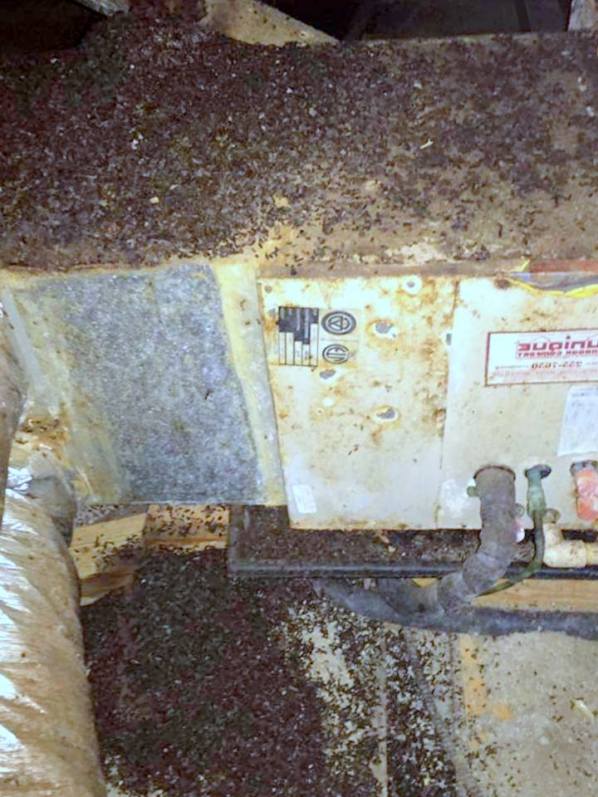
However, it is rare for bats to carry rabies, and rarer still for them to actively attack humans.
The biggest problem homeowners face is bat feces. It is very similar to mouse feces in that it appears like small pellets, but unlike mouse droppings, bat droppings are dry and crumble easily. The first problem bat guano creates relates to the amount of it. Over the course of a single day, a bat may excrete as much as 30 times.
Over the course of a full year, this equates to more than 9,000 pellets accumulating over time, and chances are there is more than one bat present. Despite its small size, this can quickly cause stress on the structure of the attic, potentially causing the ceiling to collapse.
However, by far the biggest issue with bat guano is disease, which is often incredibly dangerous to humans. Because of its lack of moisture, bat feces can easily become airborne once it becomes powdery, meaning it will likely spread throughout your home very quickly. Bat droppings have a very distinct and unpleasant odor which will certainly upset people if left around too long.
But as well as a pungent smell, bat guano causes an especially serious health hazard if accidentally inhaled as it can cause a fatal disease called Histoplasmosis, sometimes also called Cave Disease. Inhaling bat guano can cause a pulmonary (lung) infection transmitted by spores of the Histoplasma capsulatum fungus.
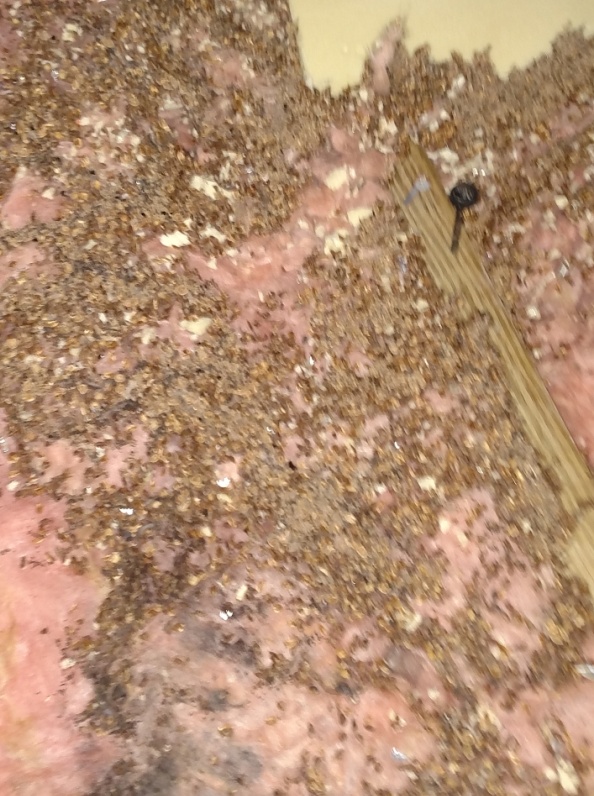
If left unchecked, it can swiftly become a chronic lung infection, leading to symptoms that are very similar to pneumonia, such as fever, chills, a dry cough, or joint pains. This can then spread throughout the body leading to other problems, although this is mostly associated with people who have weakened immune systems, for example, those with HIV or AIDS, or people undergoing chemotherapy for cancer.
After developing flu-like symptoms, the disease can result in a number of other complications, such as weight loss, fatigue, or shortness of breath. In some cases, loss of vision can occur, and if it spreads to the central nervous system it could result in seizures. Diagnosing signs of histoplasmosis often involves the use of chest x-rays or in extreme cases CT scans.
The infection is not always guaranteed to be fatal; sometimes it will clear on its own, and it can be treated with antifungal medication. However, there is no vaccine against histoplasmosis. Fortunately, histoplasmosis is not contagious. But with its ability to become airborne, bat guano can easily spread it to an entire household, including any visitors, making it nonetheless a very dangerous disease that needs to be controlled.
As a result, when tackling a bat guano problem, it is vital that a respirator facemask is worn to avoid inhaling any spores, as well as a fully disposable safety suit to avoid physical contact with it. When removing bat guano, it is recommended to spray water over the contaminated site to stop the dust from spreading when disturbed, making it easier to get rid of.
This can then be vacuumed up or bagged and then taken to a landfill site, although it may require an industrial vacuum such as those used by professionals. Whilst loose bat guano should be removed, it may be necessary to also replace loft insulation and thoroughly clean and disinfect surfaces to kill off any remaining spores using bleach. Lastly, the attic should be inspected and any breaches sealed to stop another infestation from occurring.
Select Your Animal

Raccoons
Raccoon Removal Information & How-To Tips

Squirrel
Squirrel Removal Information & How-To Tips

Opossum
Opossum Removal Information & How-To Tips

Skunks
Skunks Removal Information & How-To Tips
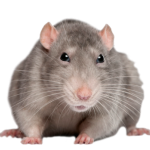
Rats
Rat Removal Information & How-To Tips
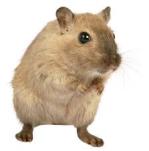
Mouse
Mouse Removal Information & How-To Tips
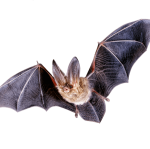
Bat
Bat Removal Information & How-To Tips

Bird
Bird Removal Information & How-To Tips

Snake
Snake Removal Information & How-To Tips

Beaver
Beaver Removal Information & How-To Tips
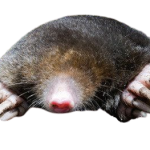
Mole
Mole Removal Information & How-To Tips

Vole
Vole Removal Information & How-To Tips

Gopher
Gopher Removal Information & How-To Tips

Rabbit
Rabbit Removal Information & How-To Tips

Woodchuck
Woodchuck Removal Information & How-To Tips

Flying Squirrel
Flying Squirrel Removal Information & How-To Tips

Chipmunk
Chipmunk Removal Information & How-To Tips

Coyote
Coyote Removal Information & How-To Tips

Fox
Fox Removal Information & How-To Tips

Wild Hog
Wild Hog Removal Information & How-To Tips
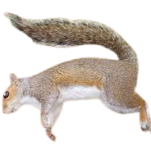
Dead Animal
Dead Animal Removal Information & How-To Tips